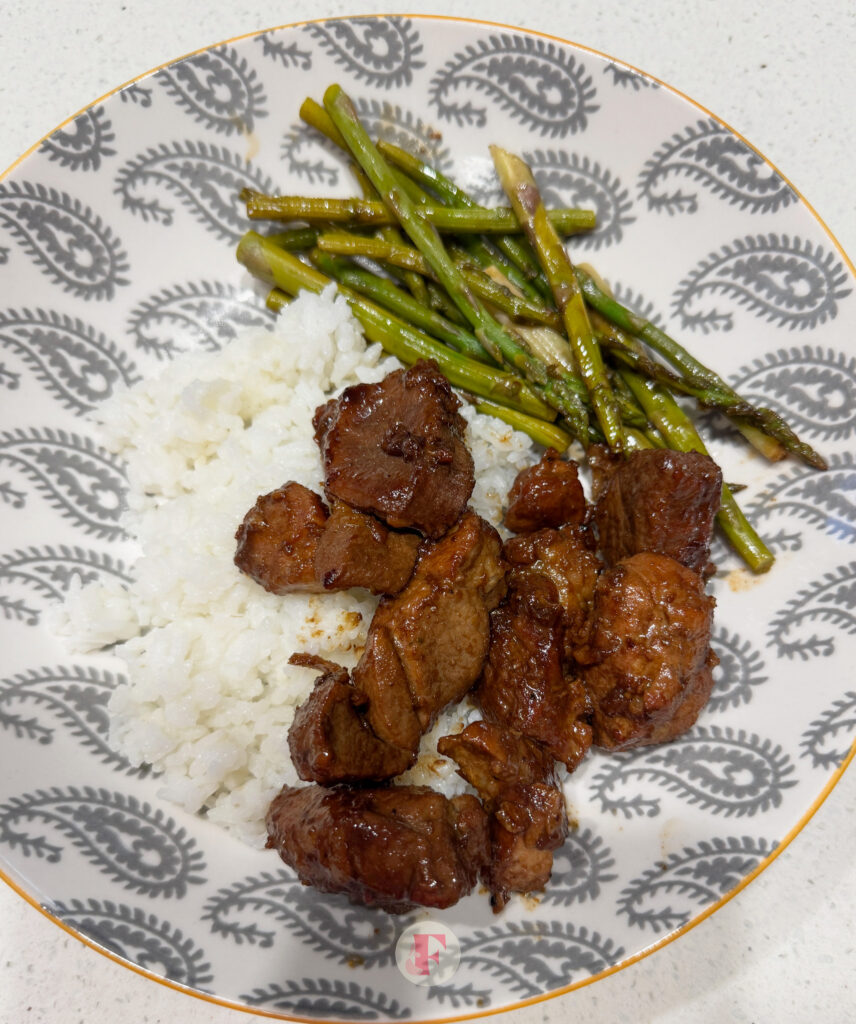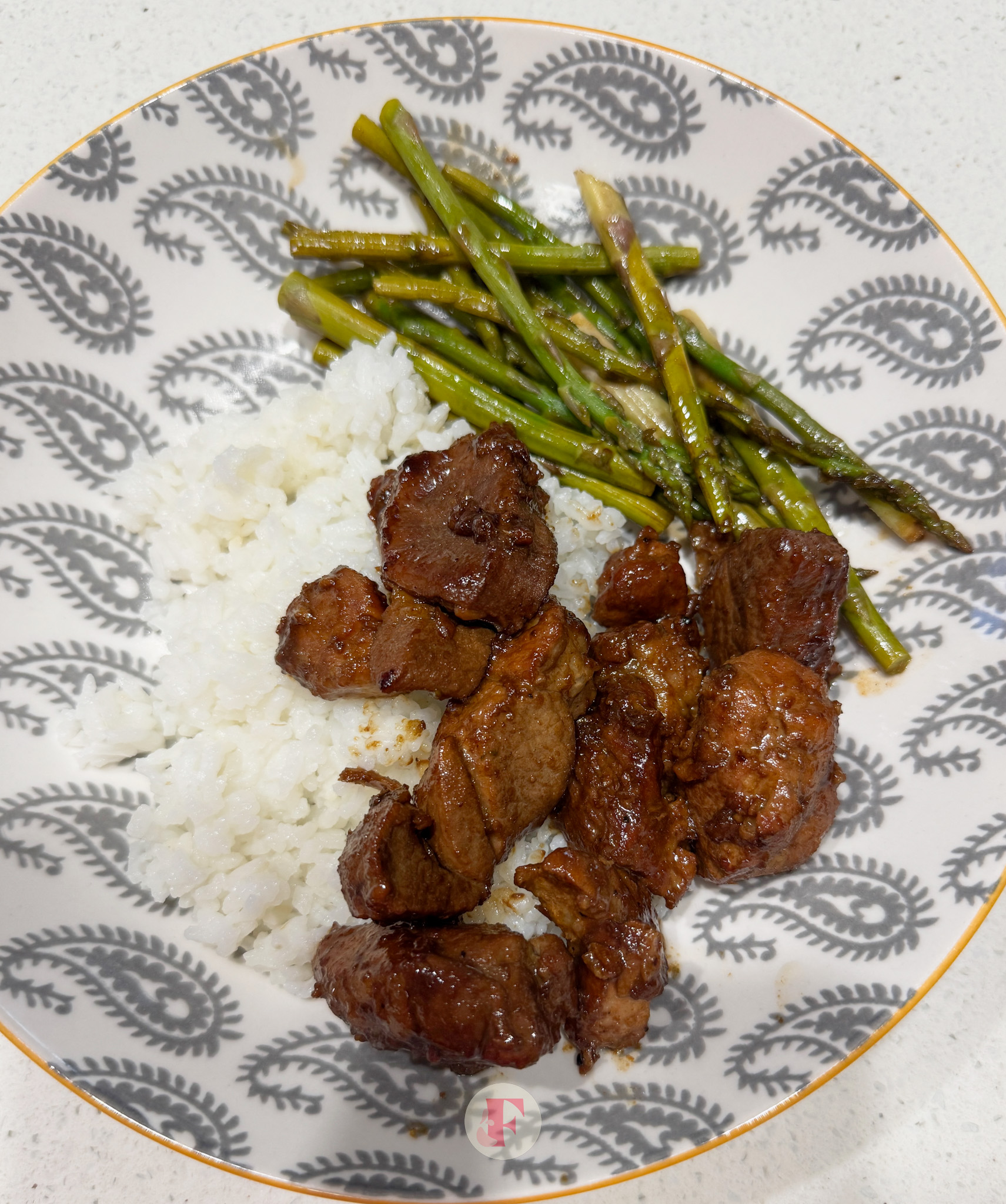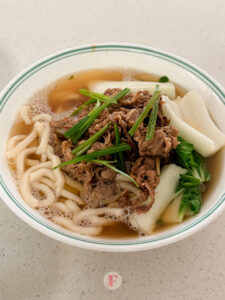
Oh, the memories I have with this dish. Growing up in Manila, Philippines, we would cook and enjoy Filipino Pork Adobo nearly every fortnight because it was such an easy, filling, and delicious meal.
Filipino Adobo is undoubtedly one of the most iconic dishes from the Philippines, so much so that many people — although I’m not entirely sure who ultimately decided this — consider it the country’s national dish, or “ulam” in our native tongue, Tagalog.
At its heart, Filipino Pork Adobo consists of meat braised in a savory mixture of soy sauce, vinegar, garlic, pepper, bay leaves, and water. It’s incredibly simple to prepare, and depending on your choice of meat, typically takes less than an hour to cook. This dish pairs perfectly with a steaming bowl of hot white rice and is widely regarded as comfort food among Filipinos, myself included.
If you visit the Philippines or speak to anyone Filipino, you’ll discover that everyone has their unique twist on Adobo recipes. Everyone’s mum and grandma have their own recipes passed down, which makes this dish even more special. Because it’s so versatile, people often add layers of flavour to personalise their versions. Some prefer their adobo with “sabaw” (a bit of sauce, as I did growing up), while others enjoy it dry (as I’ve come to prefer it now). Many like to add hard-boiled eggs or even pineapple chunks, and some incorporate oyster sauce to enhance the umami. There are countless ways to cook Filipino Pork Adobo, but the foundational braising liquid remains its core base.
Personally, I’ve grown to love Filipino Pork Adobo cooked dry. Although chicken adobo is delicious as well, pork — especially pork belly — brings out the dish’s best flavors thanks to its higher fat content. Recently, I only had pork chuck available, and it still turned out incredibly delicious. The fat rendered from the pork, combined with the robust flavours developed through braising, results in savoury perfection. Cooking adobo until dry intensifies the flavours and depth of the dish — it’s mouthwatering and an umami-bomb. Additionally, the pork becomes slightly crispy, adding a contrast in texture and taking this dish to an entirely new level of deliciousness.
Whether you’re new to Filipino cuisine or reminiscing about your own Filipino Adobo experiences, this comforting, flavourful dish will surely become a staple in your home too.
Ingredients:
Serves 4
Ingredients:
- 800g pork belly or pork forequarter cutlets, cut into bite-sized cubes (I used this one from coles one)
- 6 cloves garlic, minced
- 1/3 cup soy sauce
- 1 tsp black peppercorns
- 3 -5 dried bay leaves
- 1 cup water
- 1/3 cup white vinegar (or cane vinegar for traditional flavor)
- 1 tbsp cooking oil
- Salt to taste (if needed)
Optional garnishes:
- Sliced green onions
- Fried garlic bits
How to make Filipino Pork Adobo
This version doesn’t need marinating and is equally as delicious.
Cook the Pork
– Sauté until lightly browned and fat begins to render, about 8–10 minutes.Sauté Aromatics:
– Add in garlic and mix. Make sure garlic doesn’t burn. 1-2 minutes.Simmer:
– Pour and put in soy sauce, water, peppercorns and bay leaves. Bring to a boil, then lower the heat, cover, and simmer gently for about 30 minutes until pork is tender.Reduce to Dry:
– Remove the cover and increase heat slightly. Pour the vinegar, don’t stir, and let it all cook on high heat for 2-3 minutes. Cook on high until you achieve your desired dryness.Adjust and Serve:
– Taste and season with additional salt or pepper if needed. Transfer pork adobo to a serving dish, sprinkle with green onions or fried garlic bits, and serve with hot steamed rice.







